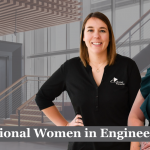The Evolution of Academic Health Design
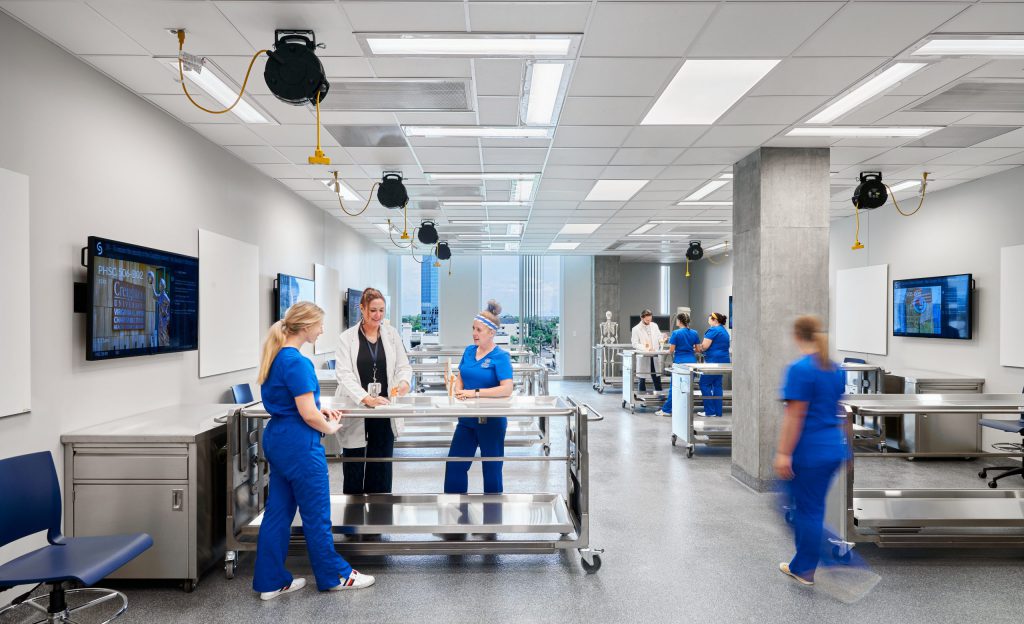
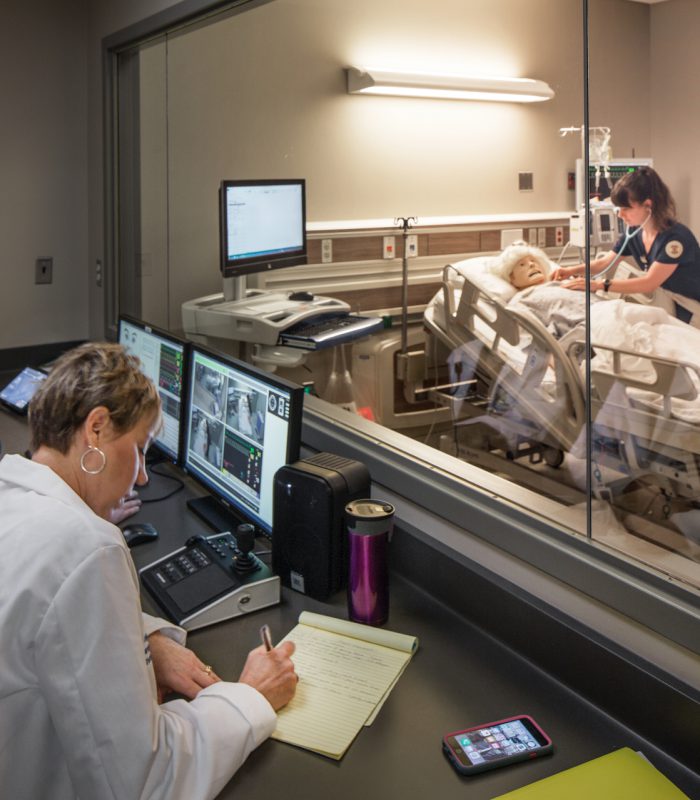
The Unique World of Modern Healthcare Education
The technology and methodology that powers health science education has, in many instances, been completely revolutionized. In addition to lecture and study spaces, today’s health science students receive a multi-faceted education intended to simulate real medical scenarios by utilizing machines and equipment they will use on a regular basis while on the job.
The spaces that are designed to host these scenarios, often referred to as “simulation labs,” rely on unique building system infrastructure to work properly and provide a higher quality of education to better prepare the doctors, nurses, and first responders of tomorrow. According to Matt Sargent, P.E., a senior project manager on the mechanical team at Alvine Engineering, modern health science education centers are often a strategic mixture of classroom spaces, simulation labs, research laboratories, and, in rare cases, patient healthcare facilities.
“I think a prime example that exemplifies this modern era of healthcare education would have to be the Creighton University School of Dentistry,” Matt Sargent, P.E., explained, “It has state-of-the-art technology, simulation spaces, a large dental clinic, and an anatomy lab. It’s a true encapsulation of all the great learning tools that a modern health science education center can offer.”
Josh Wilson, P.E., a senior project manager for the electrical team at Alvine Engineering, concurs that the increasing popularity of these facilities is a testament to their ability to provide high-quality education for students. It is equally important for the governing school body acting as owners of these spaces to be well-informed of potential project requirements and standards creation that will be advantageous to their learning objectives and resources.
“A facility of this nature is new territory for a lot of universities,” Josh explained, “We take on a design and consulting role to help educate them on the intricacies of these structures and help them build design standards to ensure the space meets all their requirements and is a proper reflection of their academic mission and goals.”
Expertise in the Field
Josh Wilson and Matt Sargent are both industry experts when it comes to design and construction administration for health science education structures. Matt has designed vivarium and flexible research laboratory spaces for the University of Iowa early on in his career. This allowed him to build his skill set in designing medical facility projects and become a trusted design specialist for health science education spaces. Some of Matt’s highlight projects include critical infrastructure design at the University of Nebraska–Lincoln (UNL) Vet Diagnostic Lab, the University of Nebraska Kearney Health Science Education Complex, and the Creighton University School of Dentistry.
Josh Wilson also provided pivotal electrical infrastructure design and consultation on the Creighton University School of Dentistry as well as the Creighton University Virginia G. Piper Charitable Trust Health Sciences Campus located in Phoenix. Both large-scale projects provide the pinnacle of modern health science education offerings, complete with anatomy and simulation labs, clinical spaces, and lecture areas. Josh Wilson’s portfolio also includes the Hawkeye Community College’s Grundy Hall, which features traditional study areas, a chemistry lab, and a simulation lab with an adjoined observation area.
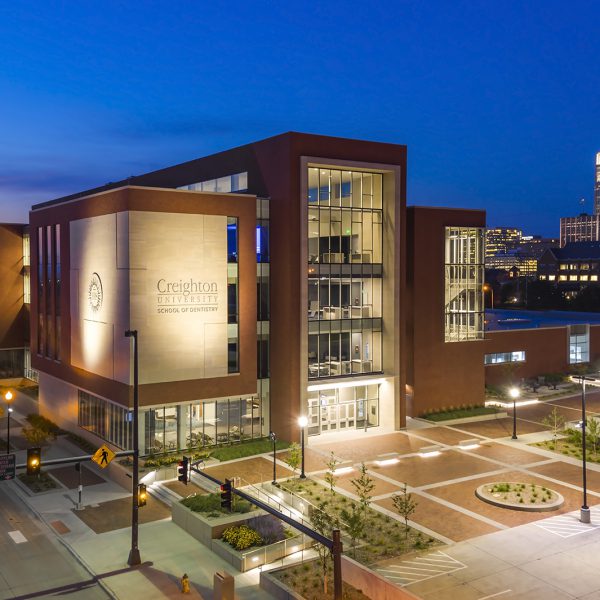
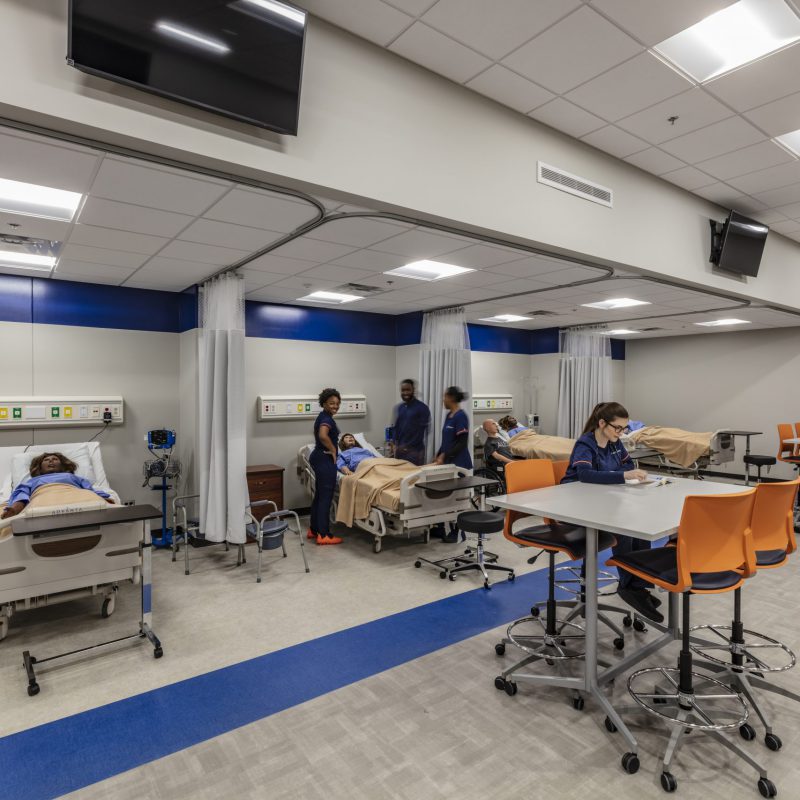
Simulation Labs
Modern academic health design is oftentimes driven by superior simulation lab infrastructure. Simulation labs are meant to replicate, with as much authenticity as possible, a healthcare facility setting for students while providing a space for observation and scenario control for professors. This requires the utilization of unique infrastructure settings for both mechanical and electrical services in order to provide a true-to-form experience for students and allow professors to provide precise teaching and testing protocols.
“On the electrical side, we utilize controls to simulate different medical scenarios,” Josh explained, “Educators can utilize controls to simulate lights burning out, equipment malfunctions, and power outages. “
From a mechanical perspective, design considerations typically include pressurized and forced air to simulate medical oxygen devices.
“When we think about the simulated medical spaces we design, they’re essentially miniaturized versions of the real thing,” Matt explained, “And then we have to repeat the configuration throughout the designated area and strategically place equipment in order for students to get the most valuable experience.”
An important consideration of simulation lab design is being highly cognizant of how the space is laid out to ensure observation rooms can be utilized to monitor simulated scenarios and more study and lecture accommodations are easily accessible for students and staff.
“Where our expertise comes in is how we configure the stations and provide rough-ins and other necessary infrastructure,” Matt explained, “We want to ensure that the simulation labs meet all the requirements laid out by the owner and can properly support the college/university’s educational goals.”
Academic Laboratories
Academic health can deviate from patient care and focus on research and testing. When developing health science education spaces, it’s important to have a team of technical staff who are also knowledgeable in research and medical laboratory design, as these spaces are highly customized to meet the academic objectives of the universities that utilize them and also require a complex mechanical, electrical, and plumbing (MEP) infrastructure.
“These spaces contain a heavy amount of mechanical needs,” Matt explained, “they need proper ventilation, pressurized rooms, exhaust hoods, and equipment that utilizes medical gas systems. It takes a highly strategic approach to be able to fulfill all the specialty mechanical needs within the space.”
In one of our firm’s latest projects conducted at Hawkeye Community College, a chemical lab utilized a highly customized set of mechanical controls and equipment in order to monitor space pressurization, control lab functions, and exhaust hazardous material. From an electrical perspective, it was important to provide efficient power distribution that accounted for the unique needs of the lab equipment.
“Lab equipment takes up a ton of power, and they also need to have the ability to rearrange their layout in the future to accommodate for new equipment,” Josh explained, “Providing them with a wide variety of electrical rough-ins to give them flexibility in the space was important.”
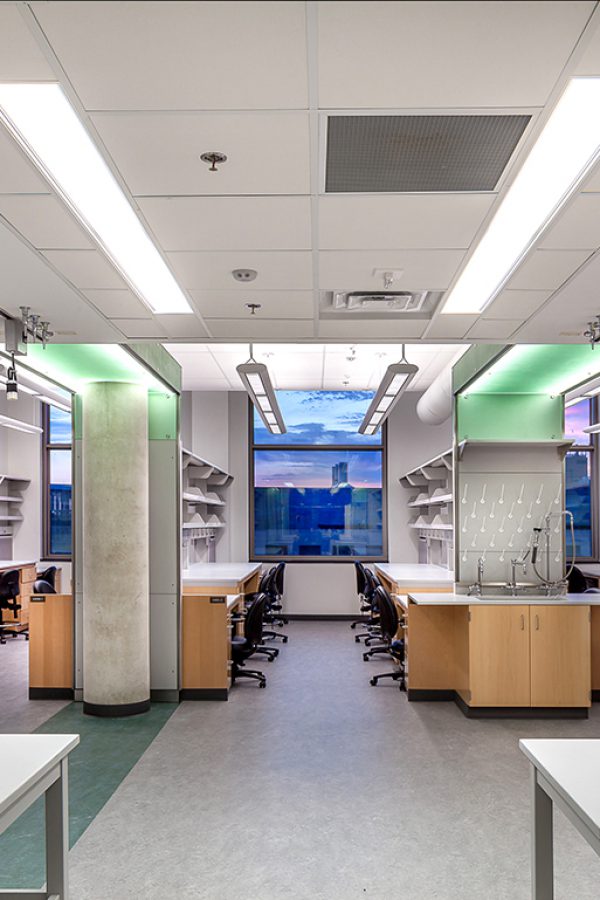
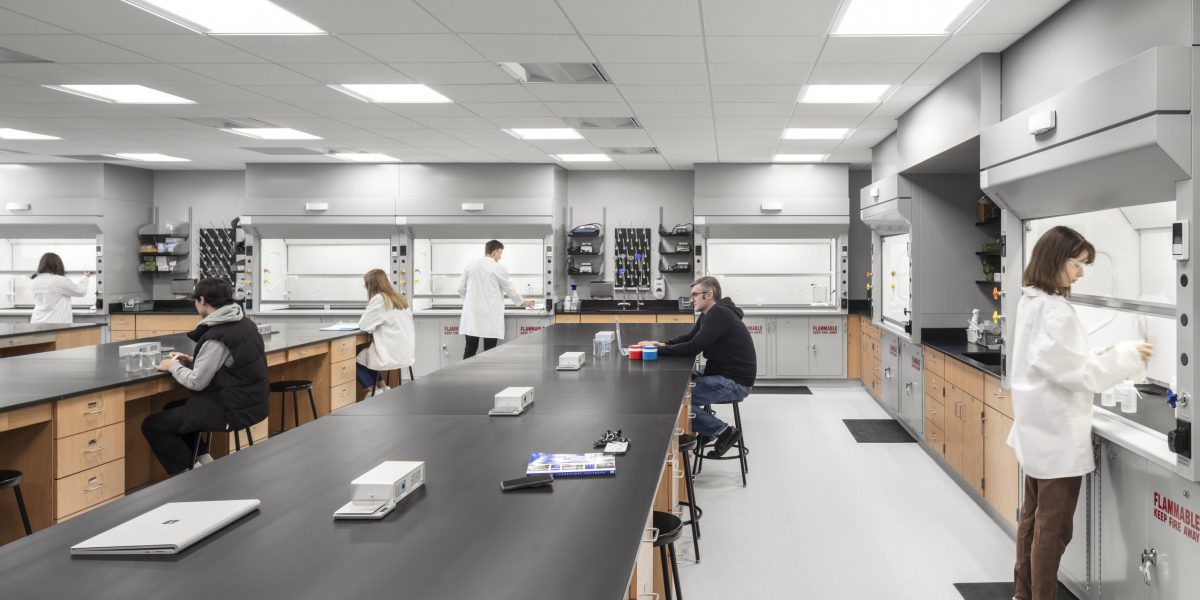
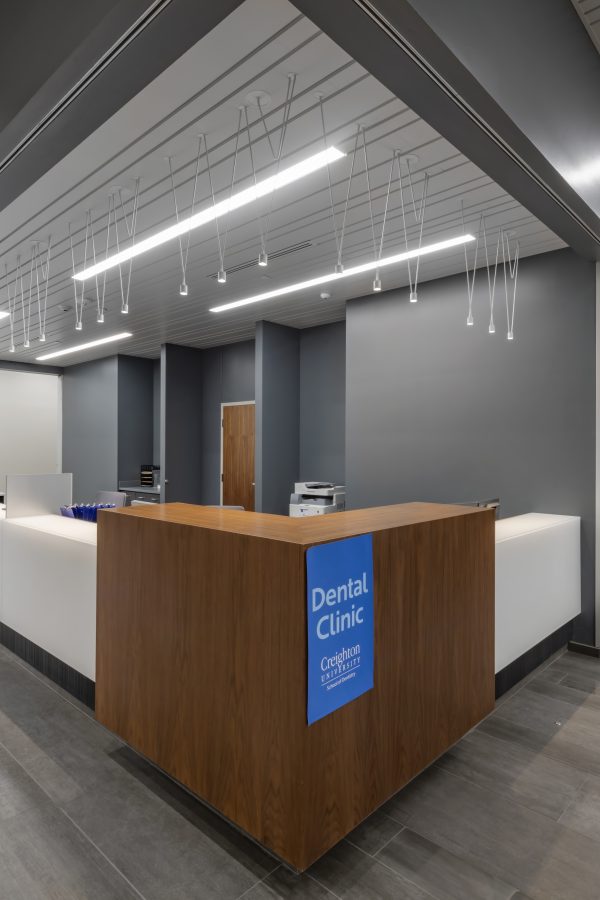
Clinics and Private Practices
While not a typical addition to every health science education facility, our team has specialized experience designing multifunctional structures that combine patient clinic spaces with learning spaces in order to provide a “one-stop-shop” for students attaining their degrees and certifications. For example, Alvine Engineering was responsible for the design of the University of Nebraska Medical Center’s College of Nursing and Health Center, a first-of-its-kind joint facility developed in the state of Nebraska that had the infrastructure to meet the stringent code requirements of medical facilities while also supporting a variety of learning environment spaces.
“One of the biggest factors designers need to be cognizant of is how the overall system works together and understanding which spaces are more code-driven and which are owner-need driven,” Matt stated, “That can become quite complex within a building that houses multiple facilities.”
Our experts have determined it is important to refine the separation of these areas throughout the course of design in order to streamline the design process for mechanical and electrical utilities. Also, providing distinct entrances and areas that separate health science practice from education spaces creates less confusion for students and patients.
“Providing easy access for students and medical staff throughout a building is an important factor in these joint facilities,” Josh Wilson explained, “It was a particular emphasis in the Creighton University School of Dentistry project.”
Navigating the wide-ranging codes and design standards while providing organized documentation requires the specialized experience that comes with designing multi-faceted health science education facilities. Our group’s proven track record of success has helped us develop processes and quality assurance practices that allow us to provide consistent engineering excellence for health science education centers.
Bringing it All Together
The future of health science education and academic health design is exciting. With new evolutions in devices and technology, such as virtual anatomy labs and dissection platforms, medical students can receive a more hands-on and precise education. Providing the utilities and infrastructure that support these revolutionary spaces requires specialized experience backed by proven processes.
Interested in learning more about our health science education expertise? Contact our team.


